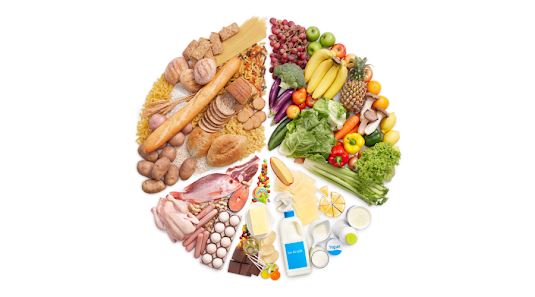Water Structure
Water consists of one atom of oxygen and two atoms of hydrogen, so it has the chemical formula H2O. The water molecule contains 2 hydrogen atoms and 1 oxygen atom. The hydrogen and oxygen atoms are held together by covalent bonds (bonds formed by the sharing of two electrons) and they form a letter "V" shape, with oxygen atom at the tip and two hydrogen atoms at the ends of the two limbs. Water (H20) is neutral.
Water Polarity
With 8 protons in its nucleus, the oxygen atom attracts the shared electrons more strongly than the hydrogen atom with its single proton. As a result, the oxygen end of the water molecule has a partial negative charge, and the hydrogen ends have partial positive charges. A molecule in which the charges are unevenly distributed is called “polar”, because the molecule is a bit like a magnet with two poles.

Properties of water
The properties of water are adhesion, cohesion, high surface tension, capillary action, high specific heat, universal solvent, and density.
Cohesion and Adhesion
Cohesion and adhesion are two water properties that describe how water molecules interact with each other. and how water molecules interact with other things like leaves or even you.
Cohesion means the attraction between molecules of the same substance, an example of that in water is water droplets. Adhesion means the attraction between molecules of different substances, an example of that in water is water droplets sticking to a window after rainfall.
High surface tension
Water has a high surface tension because hydrogen bonds among water molecules resist stretching or breaking the surface. Surface tension is extremely cohesive so it’s the reason why bugs are able to walk on water.
Capillary action
Capillary action is the upward motion of water within narrow tubes.
The cohesion between water molecules and the adhesion between water and glass causes water to rise in a narrow tube against the force of gravity. Capillary Action allows water to move from roots of a plant and up into its stem and leaves
High Specific Heat Capacity
Water has high heat capacity because the amount of heat energy required to increase water's temperature is relatively high. Because of the multiple hydrogen bonds between water molecules, it takes a large amount of heat energy to cause those molecules to move faster and raise the temperature of the water. The high heat capacity of water helps to keep the body temperature constant.
Universal solvent
Water is "Universal Solvent" because water can dissolve many substance like polar and ionic substances. Since water molecules are adhesive; they form hydrogen bonds with polar and ionic substances but not with nonpolar substances.
Density
Ice is less dense than water because the orientation of hydrogen bonds causes molecules to push farther apart, which lowers the density. The reason why density is important is because it is the reason why aquatic animals are able to survive during winter, the water freezes only on the top leaving the bottom for animals to live in,
The Importance of Water in Our Body
Water regulates body temperature
Water can absorb a lot of heat before its temperature rises because water takes a lot of energy before heating up.
Carries nutrients and oxygen to cells
Water helps dissolve minerals and other nutrients to make them accessible to the body
Water lubricants joints
Water is a key part of synovial fluid, a thick liquid that assists in smooth joint movement by being a gel-like cushion between bones.
How much water should we drink daily?
Children (4-8 years old) 5 cups daily
Kids (8-13 years old) 7-8 cups daily
Teens (14-18 years old) 8-11 cups daily
Men (19 or older) 13 cups daily
Woman (19 or older) 9 cups daily
Pregnant woman 10 cups daily
Breastfeeding woman 13 cups daily
Interesting Facts:
1-It cushions the brain, spinal cord, and other sensitive tissues.
2-There is no universally agreed quantity of water that must be consumed daily.
3-More essential than food for survival
4-Over 90 percent of the water consumed globally by humans is used for agriculture.














I never drink water! thank you for warning me against that!
ReplyDelete90 pendent of this information is completely new to me..
ReplyDeletethanks for this!
ReplyDeleteNever knew this!
ReplyDeleteI see
ReplyDelete